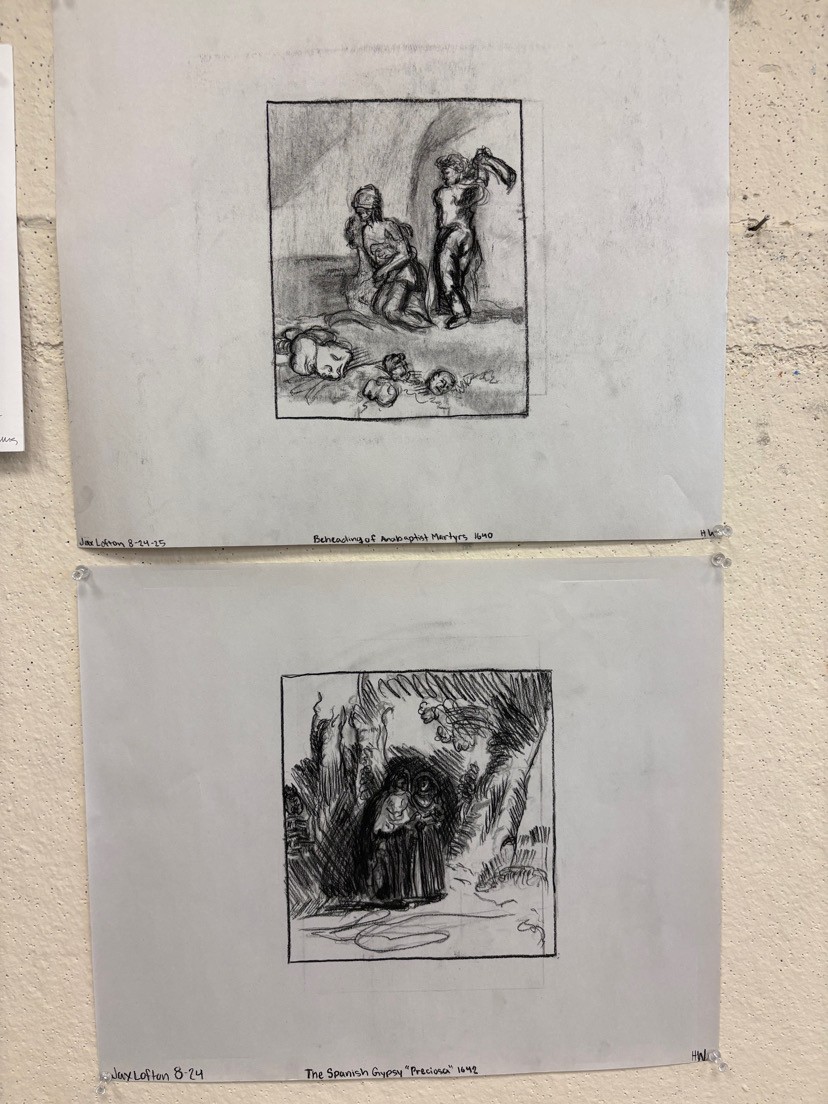Mississippi experienced record snowfall just a few short weeks ago in December of 2017. Even more outstanding is the fact that South Mississippi closed schools, government buildings and basically the state due to snowfall not once but twice – just five weeks apart. Residents of the South are used to unpredictable weather patterns that cause them to wear scarves and gloves when leaving for work and shorts and flip-flops when returning home. Winter days are below freezing on Monday and pushing into the upper 70’s by the end of the week. Wearing shorts on Christmas Day is not an unusual occurrence. Temperatures well into the 100’s have been recorded with humidity indexes up to 110, and residents turn up the AC and make sure everyone knows that they will not be air-conditioning the whole street by closing the door. But let some snow fall and you have a unique opportunity to talk about climate change and weather patterns in a way that people might listen. Years of the heat index relentlessly rising has made Mississippians immune to heat, but we really, really hate the cold.
Snow in the South only caps off a year of outrageous weather for pretty much the entire planet in 2017. Hurricane Harvey caused major damage to Houston, Texas, in August of 2017 and has been recorded as the costliest tropical cyclone, topping the cost of damage caused by Hurricane Katrina in New Orleans in 2005. However, this wasn’t the weirdest or the worst weather Mother Nature produced in record- breaking 2017. The Seattle Space Needle was struck by lightning while it was snowing. The likelihood of lightning occurring while it is snowing is just .04 percent, a phenomenon which usually occurs once every 30 years.
Chicago lacked snow this year while New York experienced two of the heaviest snowstorms in more than 60 years less than four months apart. It snowed 31.2 inches in one day, blasting previous records.
Georgia, a state 937 miles away from Tornado Alley, led the nation in number of tornadoes for 2017. This was largely due to a two day tornado outbreak that saw a confirmed 35 tornados and left at least 100 million dollars in damage in its path. To compare, Georgia had recorded just 30 confirmed tornadoes per year for the past 20 years.
California’s Sierra Nevada Mountains were starving for snow in April of 2015. This year, resorts had to dig gondolas and lifts out of the mountains of snow they used to soar above just to make them usable.
The hottest day on earth was also recorded in 2017 when the low for the day in Khasab, Oman, was 111.6 degrees Fahrenheit. This low occurred at night in complete darkness when the sun was bearing down on the opposite side of the planet. To compare, Death Valley in California averages just one day a year where the low is greater than 100 degrees.
To make things more local, Jackson experienced the highest snowfall since 1982 with many parts of Mississippi experiencing more snow than they had in the past 100 years. This wasn’t hard to achieve though with the yearly snow average in Hattiesburg being just .5 inches, and usually being more sleet/ ice/wintry mix than actual snow.
To be fair, 2016 was recorded as being hotter than 2017, but 2017 was hotter than 2015. What makes this so alarming is that 2017 was missing an important component of previously record-setting years. There was no El Niño for 2017.
El Niño is a climate cycle that begins in the Pacific Ocean but has an impact on weather patterns across the globe, including the weather of South Mississippi. In years without El Niño, trade winds help push warm water away from South America. This helps the water off the coast to stay cool and the marine life to flourish. Likewise, the winds push warmer water closer to the coast of Australia.
What happens in an El Niño year is the opposite. Instead of warm water gathering off the coast of Australia, the winds move the opposite direction and warm water gathers around the coast of South America. This also causes winters in North America to be warmer than in years without El Niño.
To recap, El Niño causes warmer weather. Last year was the 2nd warmest year on record, but there was no El Niño. This is concerning for several reasons. Usually, years with El Niño experience more active tropical storm seasons, Northern states have warmer weather and the Southern states have more rainfall and below average winter temperatures (like snow in South Mississippi.) 2017 had no El Niño, yet the Southern states experienced snow. The Gulf Coast had an extremely active hurricane season with the climax of Hurricane Harvey in August.
The absence of an El Niño to explain this weather means that the weather is simply changing in ways it shouldn’t. To put this in perspective, 17 of the 18 warmest years have been recorded since 2001 according to NASA. This means that the incoming freshman class of 2018 have grown up with each year being hotter than the last. El Niño’s have been declared for 12 of those years.
Currently 97 percent of scientists agree that the largest contributing factor to climate change is humans. When 97 percent of doctors recommend a toothpaste, we all buy it. When 97 percent of scientists recommend we implement rules and regulations to save the planet, we look for a second opinion. Unless Mississippi begins to take some preventative measures, the “freak” weather of 2017 could become more and more common, which could also mean more and more snow, ya’ll.


































